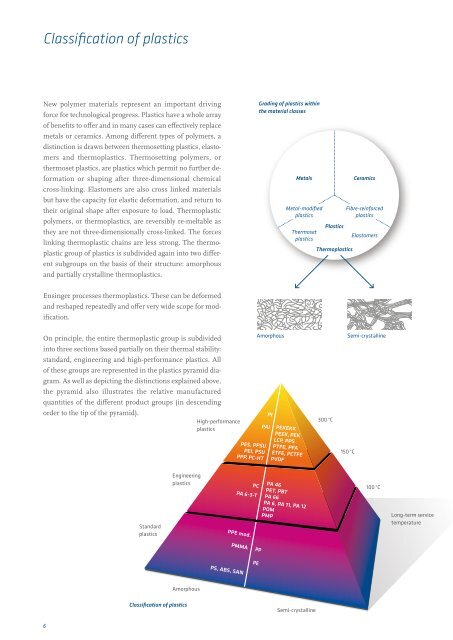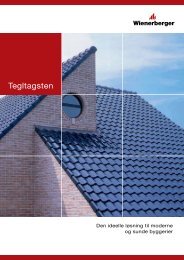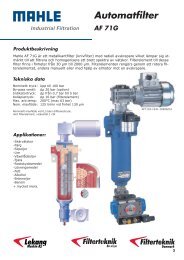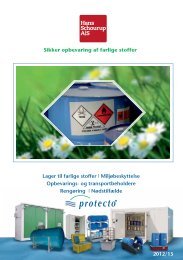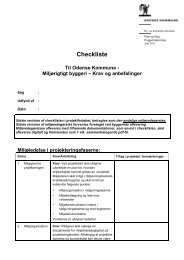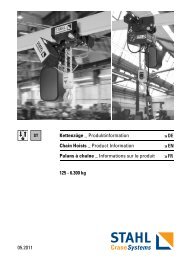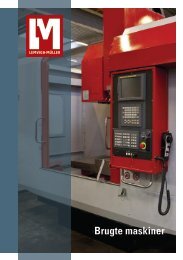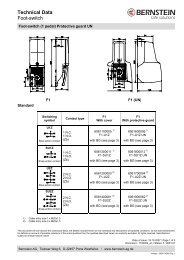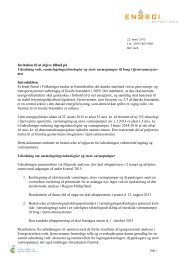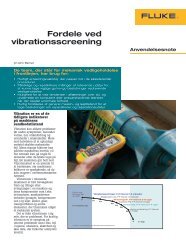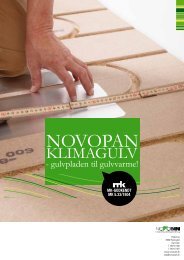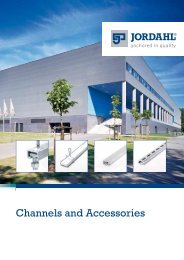Engineering plastics â The Manual - F.wood-supply.dk
Engineering plastics â The Manual - F.wood-supply.dk
Engineering plastics â The Manual - F.wood-supply.dk
You also want an ePaper? Increase the reach of your titles
YUMPU automatically turns print PDFs into web optimized ePapers that Google loves.
Classification of <strong>plastics</strong><br />
New polymer materials represent an important driving<br />
force for technological progress. Plastics have a whole array<br />
of benefits to offer and in many cases can effectively replace<br />
metals or ceramics. Among different types of polymers, a<br />
distinction is drawn between thermosetting <strong>plastics</strong>, elastomers<br />
and thermo<strong>plastics</strong>. <strong>The</strong>rmosetting polymers, or<br />
thermoset <strong>plastics</strong>, are <strong>plastics</strong> which permit no further deformation<br />
or shaping after three-dimensional chemical<br />
cross-linking. Elastomers are also cross linked materials<br />
but have the capacity for elastic deformation, and return to<br />
their original shape after exposure to load. <strong>The</strong>rmoplastic<br />
polymers, or thermo<strong>plastics</strong>, are reversibly re-meltable as<br />
they are not three-dimensionally cross-linked. <strong>The</strong> forces<br />
linking thermoplastic chains are less strong. <strong>The</strong> thermoplastic<br />
group of <strong>plastics</strong> is subdivided again into two different<br />
subgroups on the basis of their structure: amorphous<br />
and partially crystalline thermo<strong>plastics</strong>.<br />
Grading of <strong>plastics</strong> within<br />
the material classes<br />
Metals<br />
Metal-modified<br />
<strong>plastics</strong><br />
Ceramics<br />
Fibre-reinforced<br />
<strong>plastics</strong><br />
Plastics<br />
<strong>The</strong>rmoset<br />
Elastomers<br />
<strong>plastics</strong><br />
<strong>The</strong>rmo<strong>plastics</strong><br />
Ensinger processes thermo<strong>plastics</strong>. <strong>The</strong>se can be deformed<br />
and reshaped repeatedly and offer very wide scope for modification.<br />
On principle, the entire thermoplastic group is subdivided<br />
into three sections based partially on their thermal stability:<br />
standard, engineering and high-performance <strong>plastics</strong>. All<br />
of these groups are represented in the <strong>plastics</strong> pyramid diagram.<br />
As well as depicting the distinctions explained above,<br />
the pyramid also illustrates the relative manufactured<br />
quantities of the different product groups (in descending<br />
order to the tip of the pyramid).<br />
High-performance<br />
<strong>plastics</strong><br />
PI<br />
PAI<br />
PES, PPSU<br />
PEI, PSU<br />
PPP, PC-HT<br />
Amorphous<br />
PEKEKK<br />
PEEK, PEK<br />
LCP, PPS<br />
PTFE, PFA<br />
ETFE, PCTFE<br />
PVDF<br />
300 °C<br />
Semi-crystalline<br />
150 °C<br />
Standard<br />
<strong>plastics</strong><br />
<strong>Engineering</strong><br />
<strong>plastics</strong><br />
PC<br />
PA 6-3-T<br />
PPE mod.<br />
PA 46<br />
PET, PBT<br />
PA 66<br />
PA 6, PA 11, PA 12<br />
POM<br />
PMP<br />
100 °C<br />
Long-term service<br />
temperature<br />
PMMA<br />
PP<br />
PE<br />
PS, ABS, SAN<br />
Amorphous<br />
Classification of <strong>plastics</strong><br />
Semi-crystalline<br />
6


